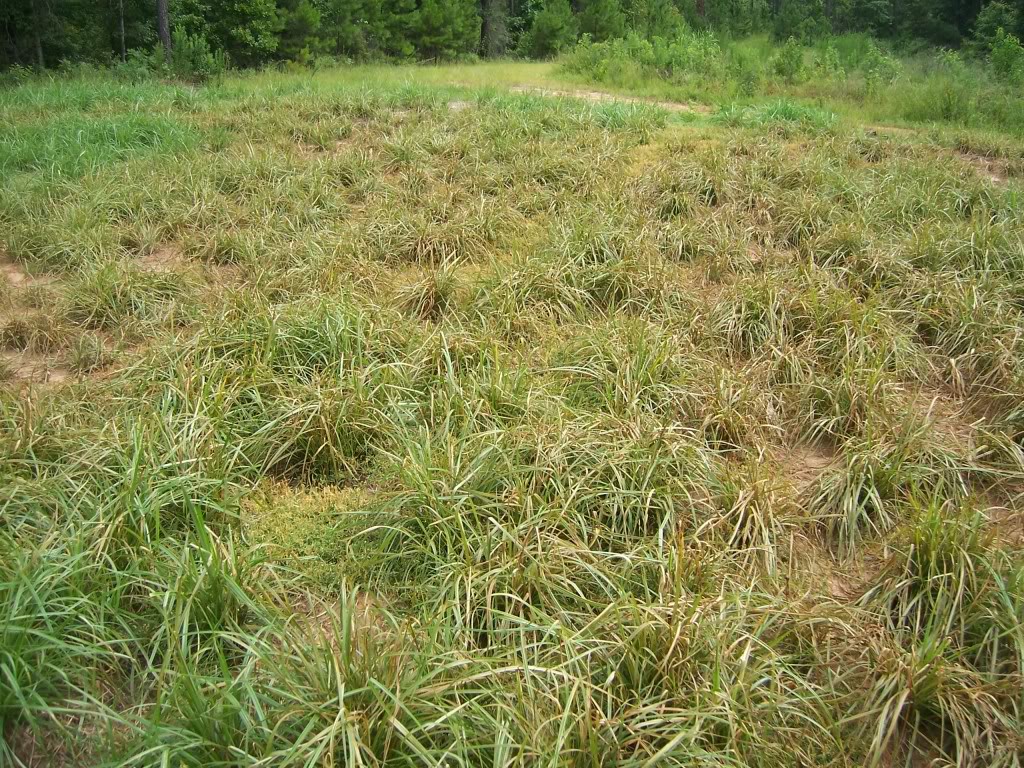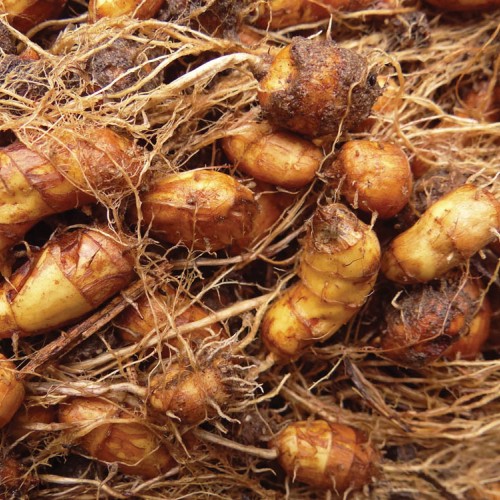| HOME > View Blog > |
View Blog
Wednesday, Feb 15, 2017 4:43pm

Chufa – Food Plot Plant Profile
 Chufa (Cyperus esculentus var. sativus)
Chufa (Cyperus esculentus var. sativus)
Chufa is a warm season grass like perennial that produces nut-like tubers. It is a member of the yellow nutsedge family. Chufa tubers are very palatable and nutritious source of food for Waterfowl as well as Wild Turkey. Chufa is widely adapted throughout US Southeast. Chufa will grow in a wide range of soil types and can tolerate soil pH of 5.0 to 7.5. Chufa grows best in moderately to well-drained soils with soil pH of 6.0 to 7.0.

Turkeys readily scratch up tubers on loamy and sandy soils; however, you may need to disc plots in clay soils so the tubers are available for turkeys. Turkey will feed on tubers from fall into the spring. Fall discing of Chufa plots prior to flooding will make the tubers available for Waterfowl. Waterfowl will feed on the tubers throughout the winter.
Plant Chufa from May to June. A well prepared firm seedbed will help ensure successful establishment. Disc and then smooth the seedbed by rolling with a cultipacker or dragging with a drag harrow. Broadcast tubers at a rate of 50 lbs. per acre. Do not disc in tubers. Drag the seed in with a drag harrow to ensure consistent coverage. Cover tubers to a depth of 1-inch. In the absence of a soil test, fertilize with 300 lbs. per acre of 13-13-13 fertilizer at establishment. Top dress the plot with 100 pounds of ammonium nitrate (30-0-0) per acre when Chufa plants are 8 to 12 inches high. Chufa will mature in about 100 days. The Chufa will turn a golden brown as it matures. After the tops have turned brown, turkeys will begin scratching the chufa tubers out of the ground. If you have not grown Chufa before, you may need to disc up a strip so that turkeys will find them. For best results, you should replant Chufa annually but you may get decent regrowth for two or three years. Fertilizer with 150 lbs. of balanced fertilizer (13-13-13) in March to encourage regrowth. After a couple of years, you will need to rotate your Chufa plot in order to prevent the build up of soil pests. A fall planting of Elbon Rye is a good choice for crop rotation.
Grass and weed competition can pose a problem in Chufa plots. At establishment, you can incorporate 1 quart per acre of Treflan™ in the soil with the fertilizer to prevent grass and weed growth. If grass or weeds become a problem after Chufa has begun to grow you can spray the plot with Poast™or Fusilade™ to control grass. You can pray the plot with 2,4-D Amine to control broadleaf weeds.
|
Herbicide Recommendations |
||
|
Grass & Weed Control Before Planting |
Grass Control After Establishment |
Weed Control After Establishment |
|
1 quart of Treflan per acre |
1.5 pints of Poast and 1 quart of crop oil surfactant per acre |
0.5 pints of 2.4-D Amine per acre |
Feral hogs can pose a problem for Chufa plots. They can root up an entire plot and consume all of the tubers in a few nights. Hogs can be excluded from the plot by erecting a 28-inch high fence made from hog wire or livestock panels.
